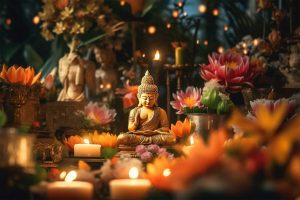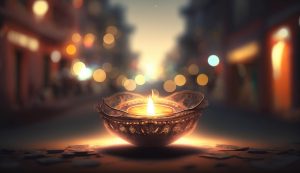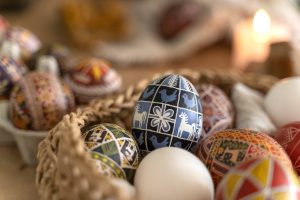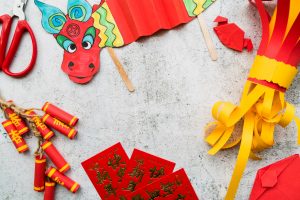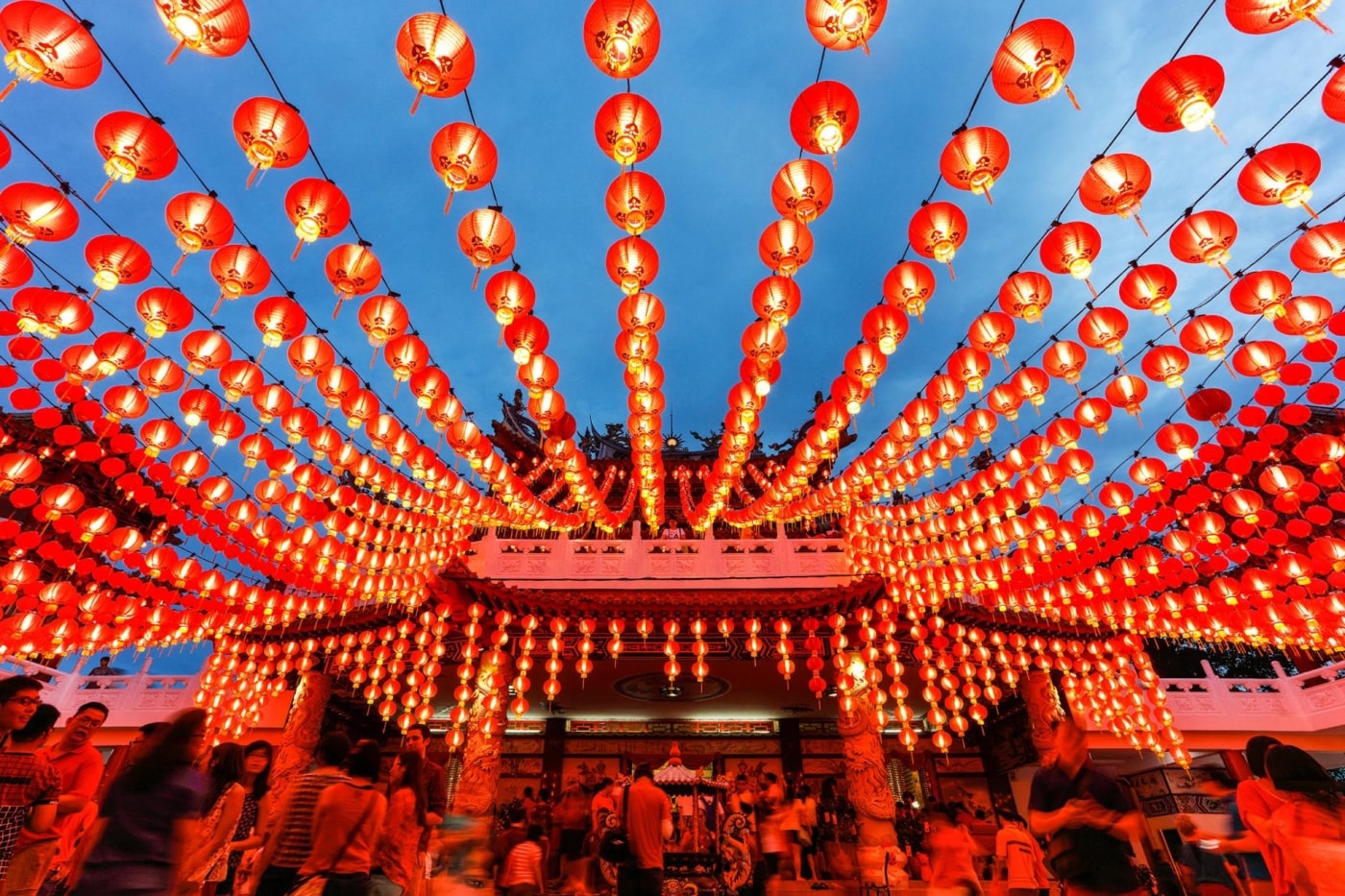
31 interesting facts about Spring Festival
- 👁️ 394
The Spring Festival, also known as Chinese New Year, is the most important traditional festival in China and among Chinese communities around the world. It marks the end of winter and the beginning of spring, celebrating the new year according to the lunar calendar. Rich in cultural symbolism and ancient traditions, the festival is a time of family reunion, feasting, and giving thanks. It involves a variety of customs that have evolved over thousands of years and today, the festival is a vibrant blend of old rituals and new ways to celebrate. Here are twenty-five fascinating facts about the Spring Festival that highlight its cultural significance and unique customs.
- The Spring Festival officially begins on the first day of the Chinese lunar calendar, usually falling between January 21 and February 20 in the Gregorian calendar.
- 2023 marks the Year of the Rabbit, one of the 12 animals in the Chinese zodiac cycle that assigns an animal and its reputed attributes to each year.
- The festival lasts for 15 days, culminating in the Lantern Festival, which is celebrated at night with lantern displays and often lion dances.
- Each year is also associated with one of the five elements according to Chinese astrology: wood, fire, earth, metal, and water.
- The eve of the Spring Festival is known for the reunion dinner, considered the most important meal of the year, where families gather to feast and celebrate together.
- Traditional foods eaten during the festival include dumplings, fish, spring rolls, and niangao (sticky rice cake), each symbolizing prosperity and good luck.
- Red envelopes or ‘hongbao’ containing money are given to children and unmarried adults to transfer fortune and bless the recipients with good luck.
- Fireworks are a huge part of the celebration, believed to scare away evil spirits and attract the god of wealth to people’s homes.
- The color red dominates the festival, seen in decorations and clothing, symbolizing luck, joy, and prosperity.
- Cleaning the house before the festival is a common practice to sweep away bad luck from the outgoing year and make room for incoming good luck.
- The Spring Festival causes the largest annual human migration in the world, known as Chunyun, as millions of people travel home for the celebrations.
- Many workers receive a “13th-month bonus” before the festival begins, a pay boost intended to support the additional expenses incurred during the celebrations.
- Lion dances and dragon dances are traditional performances during the festival, intended to bring prosperity and good luck for the upcoming year.
- The myth of Nian, a beast that was scared away by red colors and loud noises, is part of the origin story for several New Year’s practices.
- Apart from China, the festival is also a public holiday in countries like Singapore, Indonesia, Malaysia, Thailand, Cambodia, Australia, and the Philippines, where there are significant Chinese populations.
- Some people abstain from eating meat on the first day of the festival in honor of a Buddhist tradition that nothing living should be killed.
- The festival is a time when many taboos are observed, such as avoiding the use of sharp objects like knives and scissors to avoid cutting out the good luck.
- In some regions, a traditional dragon dance is performed with a team carrying a dragon made of silk, paper, and bamboo over their heads.
- Plants and flowers are also significant during the Spring Festival, with many families decorating their homes with orange-trees and plum blossoms for prosperity and luck.
- “Gong Xi Fa Cai” which means “wishing you enlarge your wealth” in Mandarin, is a common greeting exchanged during the festival.
- The practice of shou sui, where family members stay awake during the night after New Year’s Eve dinner, is thought to increase the longevity of the parents.
- Every day of the Spring Festival has specific activities associated with it, with the second day traditionally dedicated to visiting the wife’s family.
- In recent years, electronic red envelopes have become popular, allowing money to be sent digitally via smartphone apps.
- The practice of setting off firecrackers at midnight has been banned or heavily restricted in many cities to reduce air pollution and prevent accidents.
- Each year’s animal can influence personalities and events, and those born in a year matching the current year are said to wear red to ward off bad luck.
The Spring Festival remains a vibrant and deeply significant celebration that enriches the cultural lives of millions. It combines family, food, and age-old customs in a festival of renewal and rejuvenation. As both China and Chinese communities worldwide usher in the new lunar year, they reconnect with their heritage and look forward to the possibilities the new year holds. The festival’s rich tapestry of traditions not only honors the past but continues to evolve, embracing new practices while respecting ancient rituals.



